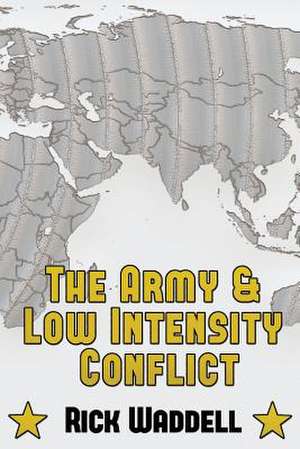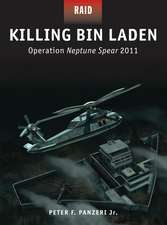The Army and Low Intensity Conflict: Iran - The Clock Is Ticking
Autor Rick Waddellen Limba Engleză Paperback – 21 feb 2013
Preț: 120.08 lei
Nou
Puncte Express: 180
Preț estimativ în valută:
22.98€ • 24.05$ • 19.12£
22.98€ • 24.05$ • 19.12£
Carte tipărită la comandă
Livrare economică 31 martie-14 aprilie
Preluare comenzi: 021 569.72.76
Specificații
ISBN-13: 9781937592325
ISBN-10: 1937592324
Pagini: 322
Dimensiuni: 152 x 229 x 18 mm
Greutate: 0.47 kg
Editura: Fortis Publishing
ISBN-10: 1937592324
Pagini: 322
Dimensiuni: 152 x 229 x 18 mm
Greutate: 0.47 kg
Editura: Fortis Publishing










